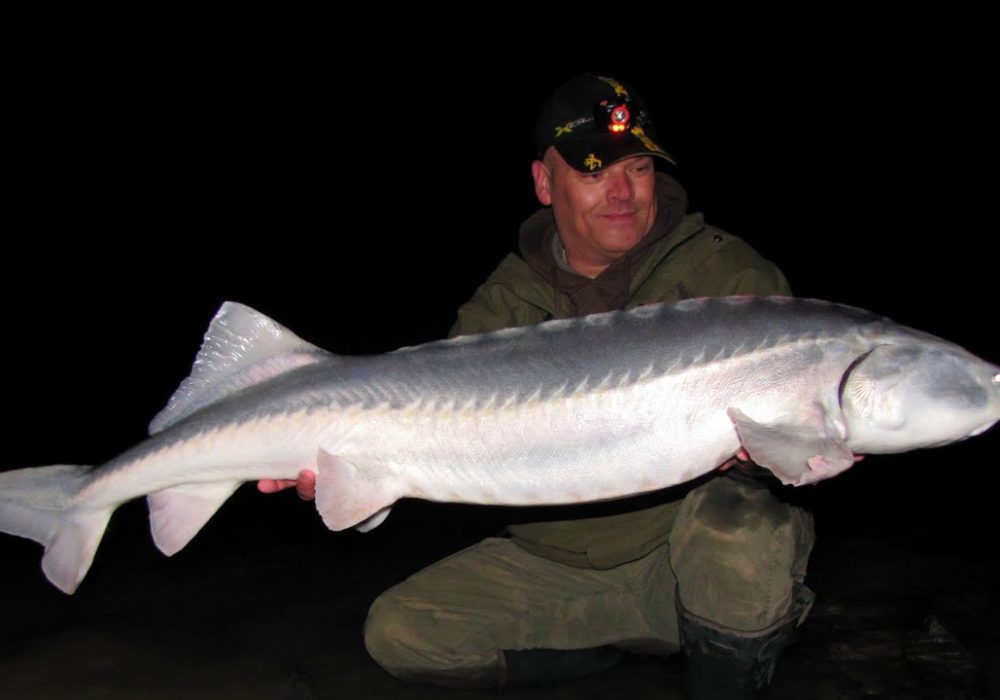
Coelacanth
The Coelacanth is a very old fish with records dating back to 400 million years ago. Considered to be a living fossil, and were thought to have gone extinct in the Cretaceous period. Which is about 66 million years ago, but was recently found again in 1938. Most commonly found in coastal regions around south Africa, Indian ocean, and the West ocean. The Coelacanth has very thick scales and can live for around 60 years. As well as grow up to 200 pounds and span upwards of seven feet long.
There are currently two surviving species of the Coelacanth left. The ‘Latimeria Chalumnae’ and the ‘Sulawesi’, both of which are one the IUCN red list labeled as vulnerable. For those who don’t know the ICUN (Red List of Threatened Species) is a company that has been given the task of keeping track of the global conservation status of various species. Coelacanth are commonly being accidentally caught in nets from fishers trying to hunt sharks in the Indian ocean and now climate change is causing most of these fish to migrate from where they commonly reside. There are some trade ban laws on these fish, but they aren’t followed very well in places of the coast of South Africa. With populations as low as 230 fish left in the species. On the bright side scientist are trying to pass a new law to have the fish labeled as “threatened” to then gain ESA protection (Endangered Species Act). This may not be all that is needed to help fix the population but it is a great step in the right way.
Sources:
- https://blogs.scientificamerican.com/extinction-countdown/after-400-million-years-coelacanth-at-risk-of-extinction/
- https://en.wikipedia.org/wiki/Coelacanth
- https://ecologicablog.files.wordpress.com/2013/08/latimeria_11.jpg

